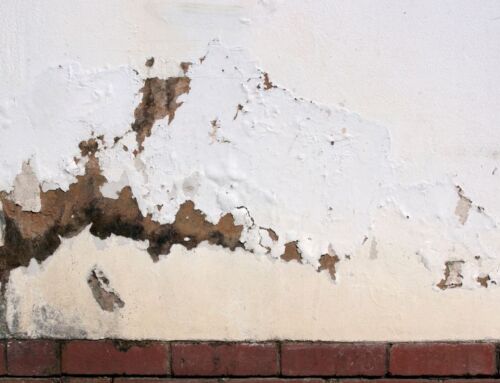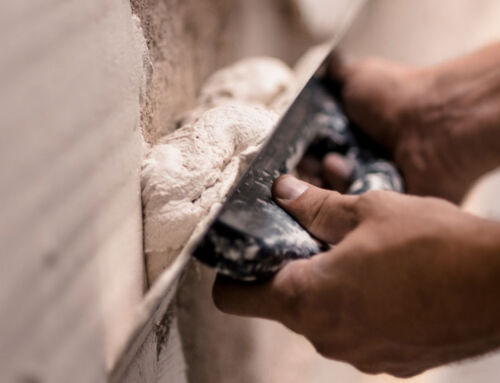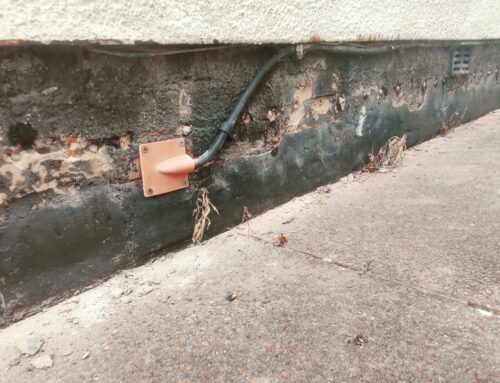Damp and mould are common problems in many homes and workplaces. While they may seem like minor annoyances, they can actually pose a significant risk to your health. In this article, we will explore the health risks associated with damp and mould, and discuss what you can do to protect yourself and your family.
Respiratory problems
One of the most common health risks associated with damp and mould is respiratory problems. When mould spores are inhaled, they can irritate the lungs and airways, causing a range of symptoms, including coughing, wheezing, and difficulty breathing. In some cases, exposure to mould can even trigger asthma attacks.
Asthma
Asthma is a chronic respiratory condition that affects millions of people worldwide. It is caused by inflammation and narrowing of the airways, which can make it difficult to breathe. While there are many factors that can trigger asthma attacks, exposure to damp and mould is a common one. In fact, studies have shown that people who live in damp or mouldy homes are more likely to develop asthma than those who do not.
Infections
In addition to respiratory problems, exposure to damp and mould can also put you at risk of developing infections. This is particularly true for people with weakened immune systems, such as those with HIV/AIDS, cancer, or other chronic illnesses. In some cases, exposure to mould can lead to serious infections, such as Aspergillosis, which is caused by a type of mould called Aspergillus.
Allergic reactions
Many people are allergic to mould, and exposure to it can cause a range of symptoms, including skin rashes, sneezing, and runny noses. Some people may even develop more severe allergic reactions, such as anaphylaxis, which is a life-threatening condition that can cause difficulty breathing and a drop in blood pressure.
Headaches
Exposure to damp and mould can also cause headaches. This is thought to be due to the release of volatile organic compounds (VOCs) by the mould, which can irritate the nervous system and cause headaches, fatigue, and even depression.
Eye and throat irritation
Damp and mould can also irritate the eyes and throat, causing redness, itching, and soreness. This is particularly common in people who are allergic to mould or have existing respiratory conditions.
Preventing damp and mould
Given the serious health risks associated with damp and mould, it is important to take steps to prevent them from developing in your home or workplace. Here are some things you can do to reduce your risk:
- Keep your home well-ventilated: Proper ventilation is key to preventing damp and mould. Make sure your home has adequate ventilation in all areas, including the kitchen and bathroom.
- Use dehumidifiers: If your home is particularly humid, using a dehumidifier can help reduce moisture levels and prevent the growth of mould.
- Fix leaks and water damage promptly: If you notice any leaks or water damage in your home, it is important to have them fixed as soon as possible. This will help prevent the growth of mould.
- Keep your home dry: Make sure to wipe up any spills or moisture in your home promptly, and dry any wet areas thoroughly.
- Monitor humidity levels: Ideally, indoor humidity levels should be between 30% and 60%. You can use a hygrometer to monitor the humidity levels in your home and adjust accordingly.
- Clean regularly: Regular cleaning can help prevent the growth of mould. Make sure to clean all surfaces regularly, particularly in areas where moisture is common, such as the bathroom and kitchen.
Conclusion
Damp and mould pose serious health risks that should not be ignored. Exposure to mould can cause respiratory problems, infections, allergic reactions, headaches, and eye and throat irritation. It is important to take preventative measures to reduce your risk, such as keeping your home well-ventilated, using dehumidifiers, fixing leaks and water damage promptly, keeping your home dry, monitoring humidity levels, and cleaning regularly. By taking these steps, you can protect yourself and your family from the negative health effects of damp and mould. If you suspect that you have a serious mould problem, it is important to seek professional help to properly address the issue.





